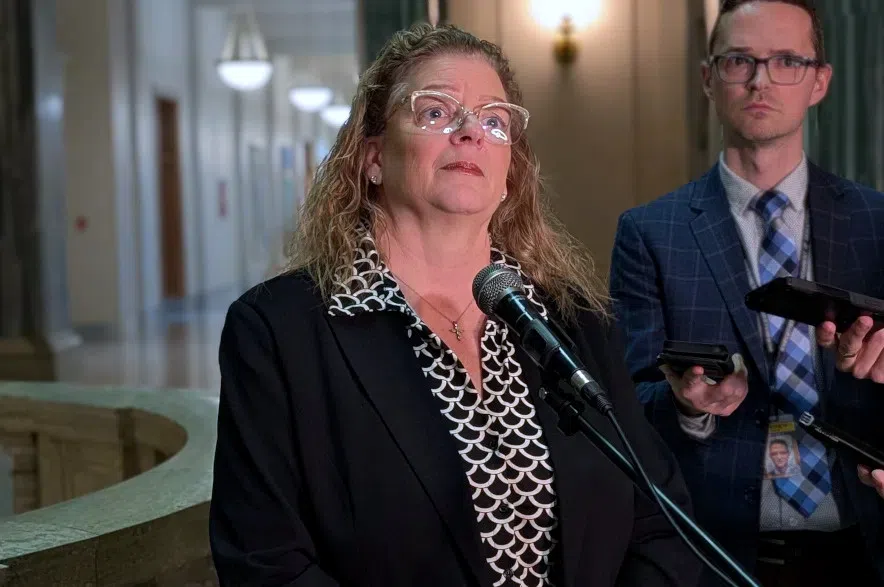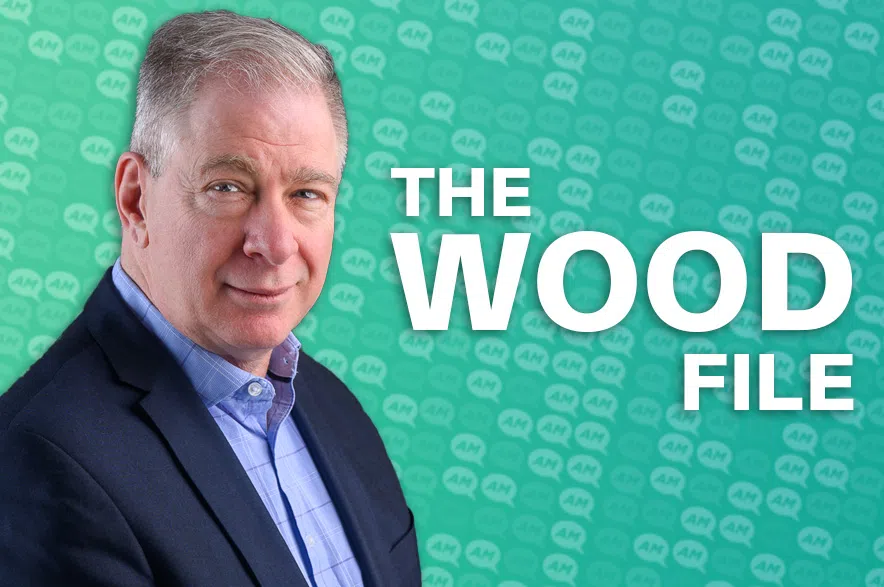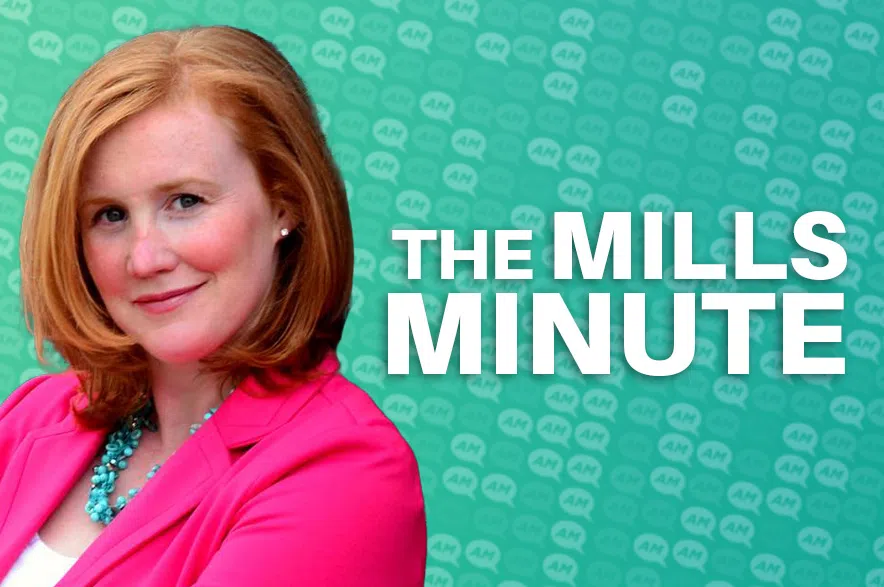Addictions continue to tear apart lives and families in Saskatchewan and across the country, with governments trying to figure out a solution.
As part of that, the Saskatchewan NDP’s mental health and addictions critic Betty Nippi-Albright and First Nations and Métis Relations critic Leroy Laliberte have been pushing the provincial government to say how many people in the province are on waiting lists for addictions treatment and services.
Read more:
- ‘Could be their last chance’: Regina man frustrated with addiction treatment wait times
- ‘We need to help them find a path’: Gov’t to move to recovery-based addictions system
- Prairie Harm Reduction questions Sask. Party’s Compassionate Intervention Act
“We need (the number) so that way we know how many people are going to need the supports in place for them to move forward,” Laliberte said on Wednesday.
He said the province, and particularly areas in the north, are lacking many services for mental health and addictions issues, and they’re seeing the effects.
“We’re starting to see now that we’re losing this battle and it’s up to the province to be able to give us the services that we need, including those numbers,” Laliberte said.
Nippi-Albright and Laliberte asked several times for the number during Question Period, but didn’t get it from Lori Carr, Saskatchewan’s mental health and addictions minister.
Speaking to the media after Question Period on Wednesday, Carr said the provincial government doesn’t have that number. She said each treatment facility keeps its own list, and those can fluctuate depending on the situation, the area and what type of services people are trying to access.
“An individual that calls around to several different facilities may put their name on more than one wait list, so how do you measure that?” Carr asked.
After the province centralizes its addictions intake system, Carr says she will have a better idea of the number.
When asked whether she was concerned that the province can’t accurately quantify the need for these services, Carr said the government knows the need is great. She said it’s clear there aren’t enough spaces in the province, and the government is working to open more.
The provincial government’s Action Plan for Mental Health and Addictions promised to add 500 new addictions treatment spaces in a five-year period that ends in 2028. That would more than double the number of spaces available when the commitment was announced. Carr said she and Premier Scott Moe have both said they’ll re-evaluate the plan once those 500 spaces are in place, and more spaces will be added if they are needed.
The government has been steadily adding treatment spaces through private providers for the past two years. In a news release announcing 17 new spaces in Saskatoon in June, the government said 281 new beds were operational at that time – that figure included inpatient spaces, intensive outpatient spaces, virtual treatment spaces, withdrawal management spaces and post-treatment spaces.
As part of its spring budget, the provincial government said it plans to have up to 400 of the 500 spaces ready by the end of the fiscal year in March.
The monthly report tracking fatal drug overdoses in the province showed 267 confirmed and suspected deaths over the first 10 months of the year. If the average rate were to continue for the last two months of the year, 2025 would have the lowest number of overdose deaths in the province of any year since 2019.











